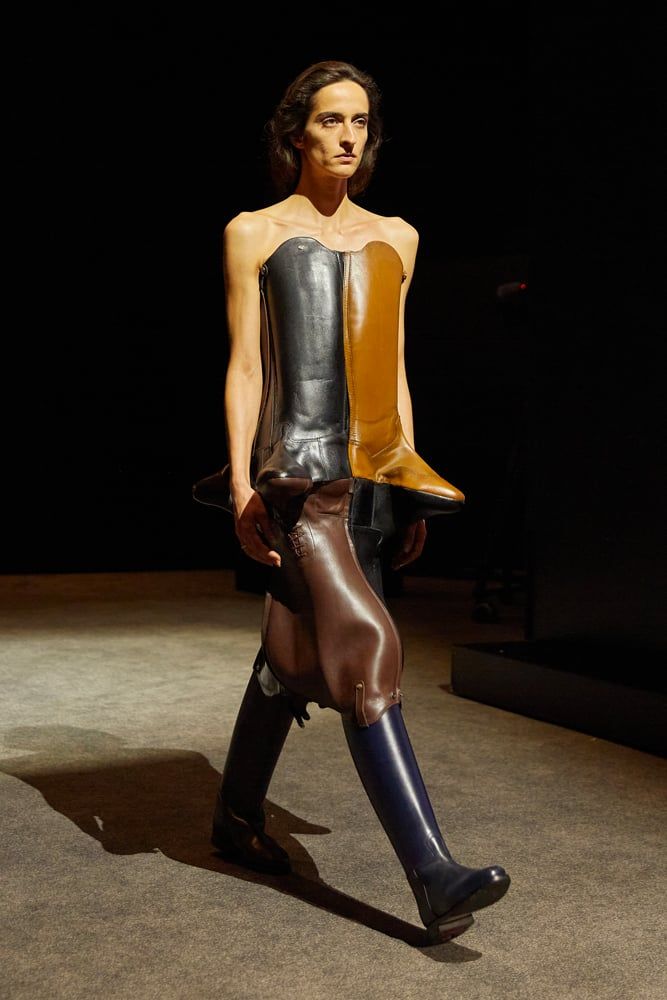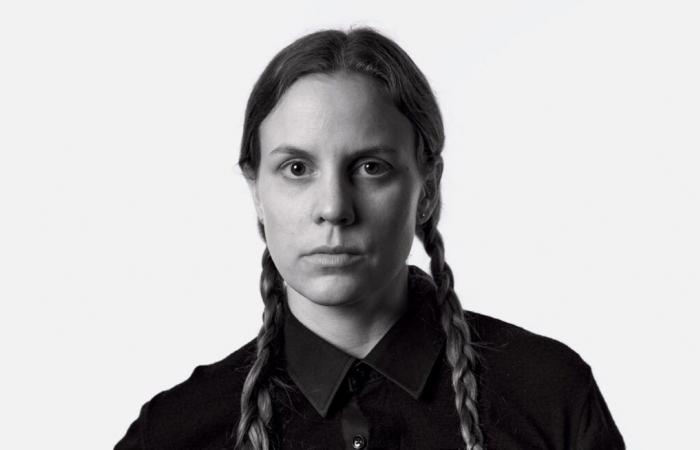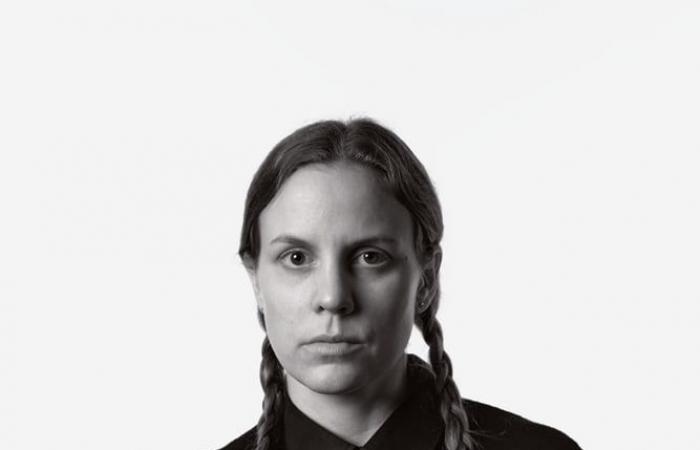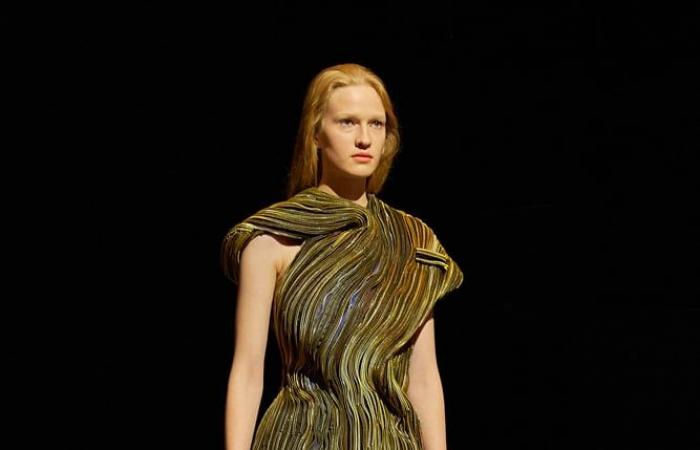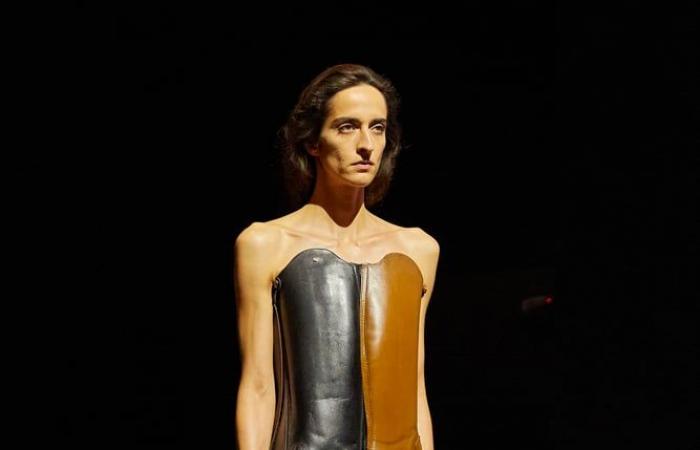On September 10, 2024, the prestigious LVMH prize was awarded to Ellen Hodakova Larsson, a Swedish designer with a unique career. Founder of her eponymous label, she stands out for her commitment to sustainable and innovative fashion. Through her creations, she questions our way of consuming while celebrating femininity and creativity.
Ellen Hodakova Larsson, a designer committed to more sustainable fashion
This Tuesday, September 10, 2024, in the amphitheater of the Louis Vuitton Foundationit is with emotion thatEllen Hodakova Larsson receives the LVMH prize from the hands of the multi-awarded actress Natalie Portman. With her label Hodakova, launched in 2021, the designer becomes the first winner of Swedish origin, but also one of the most committed to sustainable fashion, like the Frenchwoman Marine Serre (winner in 2017). “Our beautiful planet is suffering because of our need to create and make money. That's why I'm here, to offer a different vision. I'm grateful everyone saw our potential”, she confides a few minutes after the ceremony.
His childhood, Ellen Hodakova Larsson spent her time on a horse farm, where, at a very young age, she got involved in daily tasks and learned the importance of taking care of equipment to make it last. Although she readily admits to having never sought to become a fashion designer, she claims a more sociological approach to clothing, closely linked to our way of consuming: “Fashion and clothing are our primary means of communication. And I've always been very inspired by the way we interact with others, but also by the question of why we consume the way we do.”
From her first collections, the designer developed a very personal universe, strict but intimate, which evokes both her young years spent in the family stables and her desire to build a more virtuous fashion system. “We work on our collections to offer commercial pieces, others more couture, and others located in between, particularly accessories.”, she explains.
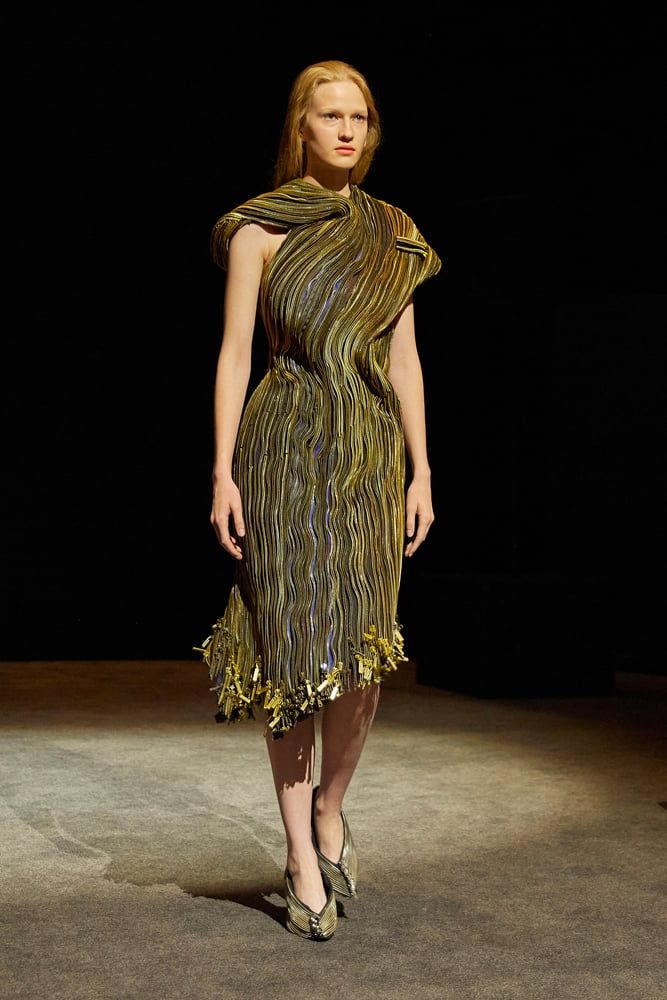

Innovation and sustainability: Hodakova’s unique approach to upcycling
A top made from watches, a mini dress made from upcycled belt strips, or even more wearable pieces like long coats or pants reassembled in heavy, thick fabrics. The Swede pushes her thinking on the reuse of available resources, including accessories. Boots thus become bags, tights are transformed into ties… His collections are deployed in the form of more or less radical pieces, but always tinged with femininity and irony, from which emanates unbridled creativity.
It is precisely thanks to the constraints imposed on her by upcycling that the designer stands out from her peers. “ I believe that being confronted with limits creates an inverse force that allows us to push those limits. I don't define myself as an 'activist', I would rather say that I defend things that I believe in. If you don't put up barriers for yourself, if you really believe in what you are doing and if you always move forward, then you will manage to create a dynamic that will take you towards your goal. »
Asked about her ability to produce sufficient quantities of collections designed solely from second-hand clothing, and intended for an international clientele, the Swede responds with confidence that she can count on a solid network of collaborators, built over the years, who supply their excess stocks. It is this pragmatism characteristic ofEllen Hodakova Larssoncoupled with his exceptional talent, which convinced the prestigious jury of the prix LVMHcomposed, among others, of talents as renowned as Nicolas Ghesquière, Marc Jacobs, Phoebe Philo, Maria Grazia Chiuri et Jonathan Andersonthat its brand, innovative in every way, is also lasting.
